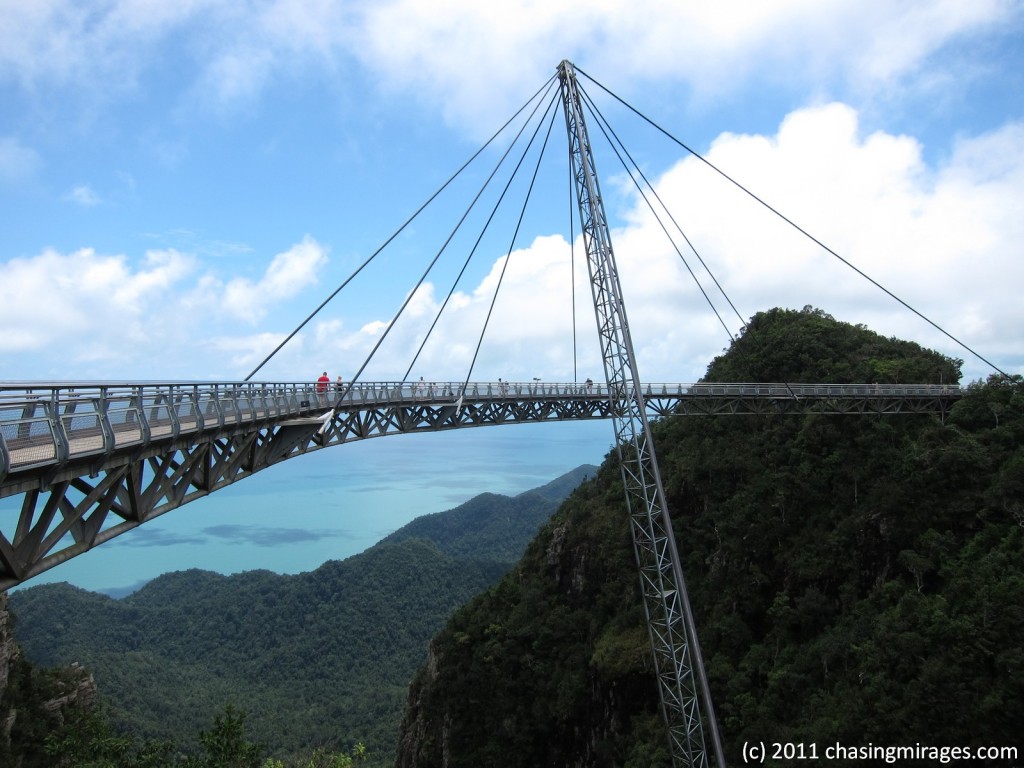Because I have such a huge backlog of pictures and experiences to share, and I don’t have time to make such involved galleries as I did for Inle Lake and Bagan, I’m going to try something new – a lightning round of posts.
For each location that I visited, I’ll create a post including 5 pictures or less, choosing the sights and experiences that most deeply impressed me.  The only exceptions I’ll make are for stories with an environmental theme. In those cases I may include more than 5 pictures.
Here’s the first one – Langkawi Island, Malaysia. Â Langkawi is located on the northwest coast of peninsular Malaysia. Â It’s a well an over-developed island paradise, with extensive white-sand beaches, waterfalls, mountains, and plenty of clear blue seas for watersports. Â As soon as you get off the ferry, rent a Kia hatchback or a scooter and the island is yours!
The other great thing about Langkawi is that it’s the only place in Malaysia where alcohol is duty free.
The first picture, above, shows  a viewing bridge at the top of the Langkawi cable car.  From the bridge I could see much of the island as well as the limitless blue sea.  But the best part of standing on the bridge wasn’t the view.  It was closing my eyes and letting the sound and touch of the sea breeze overwhelm my senses, feeling as though I was hovering in between that opening in the mountains, high above the canyon below.



